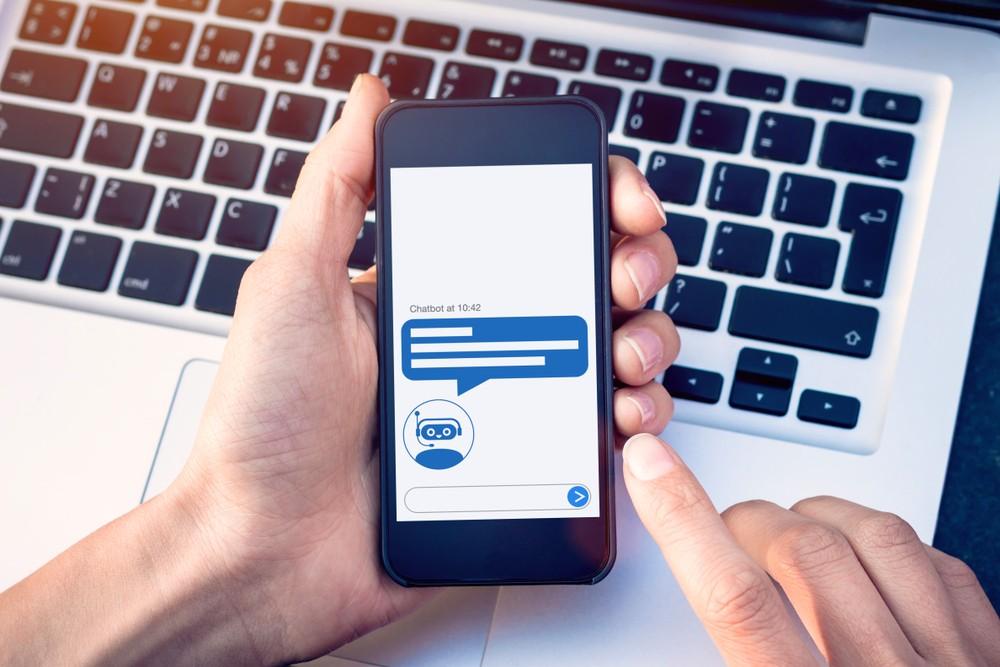Although used interchangeably in context with chatbots, NLP, NLG, and NLU have differences. They come together to perform end-to-end functioning of chatbots.
You might have heard many people communicating with personal assistants on their smartphones, say, for instance when someone says, “Hey Siri, I want to buy apples” the assistant responds “Sure,” and then lists nearby fruit stores on the device. Many people have such kind of conversations with their personal assistants and other types of chatbots. Round the clock assisting abilities of chatbots have increased their use across many industries, especially for enhancing customer service. According to statistics, chatbots can save upto 30 % of the cost in customer service by speeding up the response time. The processes behind chatbots’ ability to understand human queries and responding in spoken language are natural language processing (NLP), natural language generation (NLG), and natural language understanding (NLU).
Differences in the Role of NLU, NLG, and NLP in Chatbots
The fact that NLU, NLP, and NLG are used together to create chatbots have made many people think they function similarly. But, they are not the same. They play different roles to complement each other and make the functioning of chatbots possible.
Understanding NLU, NLG, and NLP
Speech recognition in chatbots converts speech to text. Once the spoken data is translated to text, NLU software deciphers the meaning of that text. The same text can have a different meaning. For instance, when used in “they were engaged,” the word engaged means they had committed to marry. On the other hand, when used in “the students were engaged in a presentation,” the word engaged means they got deeply connected with the presentation. Similarly, different texts can also have the same meaning with respect to context. NLU tries to determine the changes in the meaning of the text with respect to context. Some of the most common implementations of NLU include sentiment detection and high accuracy text content classification, among others.
The task of NLG is to generate natural language from a machine representation system such as algorithms. NLG can be explained as the translator that converts statistical data present in spreadsheets into natural language that can be understood by humans. Some of the common applications are reporting on business data analysis, generating personalized customer communications, and creating e-commerce product descriptions. NLP is the superset of NLU and NLG. NLP is the ability of a machine to understand what is said to it, break it down, determine the appropriate action, and respond accordingly. The most common use cases of NLP include creditworthiness assessment and neural machine translation.
How NLP, NLU, and NLG works together
NLP machines first break down a sentence, and then NLU comes into play to decipher the meaning of the sentence. NLG analyzes the data and provides the best possible response to the sentence. Then the NLP machines respond to the sentence that can be understood by humans. NLP uses intents and entities to break down a sentence. Intents are the activities that a user intends or requests to perform. Entities are the nouns or the contents on which actions are to be performed. For instance, the user says, ”I want to purchase a data package.” In the above example, the purchase is the intent and the data package is the entity.
The amalgamation of NLP, NLU, and NLG has provided many use cases of chatbots that can make customers fall in love with them. But even when used individually, they can provide many applications that can help businesses. For instance, NLP has many thought-provoking use cases like creditworthiness assessment, sentiment analysis, neural machine translation, and others. And, same is the scenario with NLU and NLG. Thus, these technologies can function individually as well as in collaboration with each other to provide many applications across different industries.



Leave your comments
Post comment as a guest